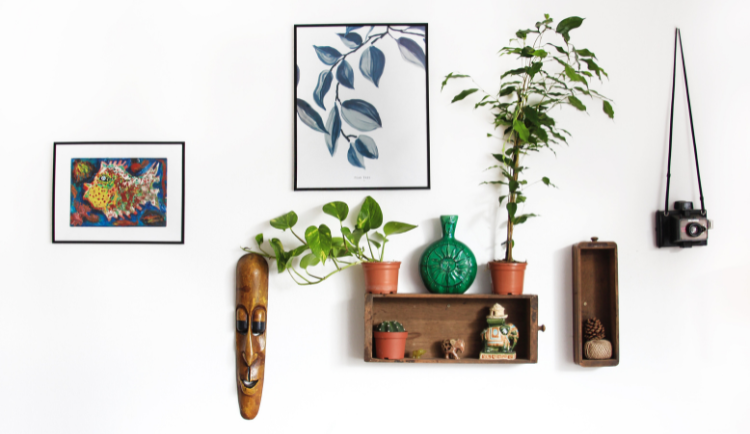7 Tips to Travel On a Budget and Still Make Happy Memories
Studies show that spending money of experiences rather than material objects will make you happier. You’ll not only be able to create positive memories that will last you a lifetime, but it’s also an opportunity to strengthen your relationships with friends and family too. But if you are currently living on a tight budget, you may feel like you don’t have the means to take those trips that bring so much joy to your life.
You will be pleased to know that visiting unique places around the world and having a fun holiday does not always have to be costly. You can still enjoy a meaningful vacation if you budget and plan well. Here are seven useful tips that you can use to take the trips that make you happy without breaking the bank.
1. Plan Your Trip
Random and spontaneous trips may sound exciting but if you are traveling on a tight budget, planning is the way to go. You will need an itinerary that clearly defines where you wish to go and for how long, so research on the countries and cities you want to visit and the amount of time you are going to spend in each place is key.
Pro tip: Travel During Off-Season. Not only do trips during peak seasons cost more, but you will also be in the midst of heavy crowds and loads of tourists. Summer holidays are something you will want to avoid. You can get quite a bargain on plane tickets and hotel stays during low-season period.
2. Choose Your Accommodations Wisely
Opt out of expensive hotel stays and look for dorms, hostels, and guesthouses instead. If you are traveling with your family or friends, sharing rooms can also lower costs. If you are up for it and feel safe, sharing a room with other tourists can also be a good idea.
You can make use of popular booking platforms (like Airbnb) to book apartment/home rooms ahead of time at nearly half the cost. Take advantage of any friends, family members, and colleagues who live in the area you are visiting to see if they would let you stay at their house during the trip. Plus, your trip may be less stressful on you if you are around good company.
3. Book Flights Ahead of Time
Booking flights ahead and getting a good bargain on return flights will save you added hassle, time and money. Getting tickets nearly a year or even a few months ahead is a good idea if you do not want to worry about running short of money during your trip. When booking your flight, you can always:
Pick a flight during the middle of the week such as Tuesday or Wednesday to get premium lower prices. Traveling midweek also makes checking in at the airport easier due to shorter queues.
Book economy class instead of business to save up on those bucks.
Pick a lower-budget airline with cheap deals and shorter flying times.
Pack light luggage as hold luggage costs extra money.
If possible, opt for a bus or train instead of an air flight to reduce costs even further.
4. Watch What You Eat
If you choose to eat every meal from a fancy restaurant, you’ll burn a hole in your pocketbook quickly. Make sure to explore the area to see what you wish to eat and what it should cost on average. You can buy cheaper food and dishes from grocery stores or local markets. Cut down on unnecessary drinks and sweets and stay hydrated with water instead. If the place where you are staying has a kitchen, you might want to save money by meal planning beforehand and cooking something on your own.
5. Earn During Vacation
Working while on a vacation or getaway is a brilliant way to recover money spent during the trip.
Doing so can allow you to travel for months on end and explore to your heart’s content. A few ideas to earn extra money include:
Turning into a travel vlogger to earn money through social media. You can resize video for Facebook or use other software to make your content more interesting.
Offer to host other tourists.
Teaching travelers skills like skiing during the winters.
Teaching a language.
Freelancing
6. Get Travel Insurance
Travel insurance can be expensive but is worth it. You can get coverage for financial losses and minimize your financial risks during your traveling period. A good travel insurance plan will cover:
Lost baggage.
Stolen items.
Emergency medical expenses due to an illness.
Trip delays and cancelation.
Missed flights or vehicle trips.
Legal costs incurred due to accidentally damaging property or causing injury.
7. Seek Out Fun for Free
Looking for free things that you can do while you are traveling to can help reduce your expenses significantly. For example, many museums or walking tours may be little to no cost as all. You can also reduce costs by carpooling with your friends or other tourists. This way the fare will be reduced by half or even three to four times the cost.
Traveling for leisure should be full of fun and doesn’t need to be burdened by the constant worry of running out of funds. If you follow the tips above carefully, you can travel to nearly any part of the world without it costing you an arm and a leg.
Read More









